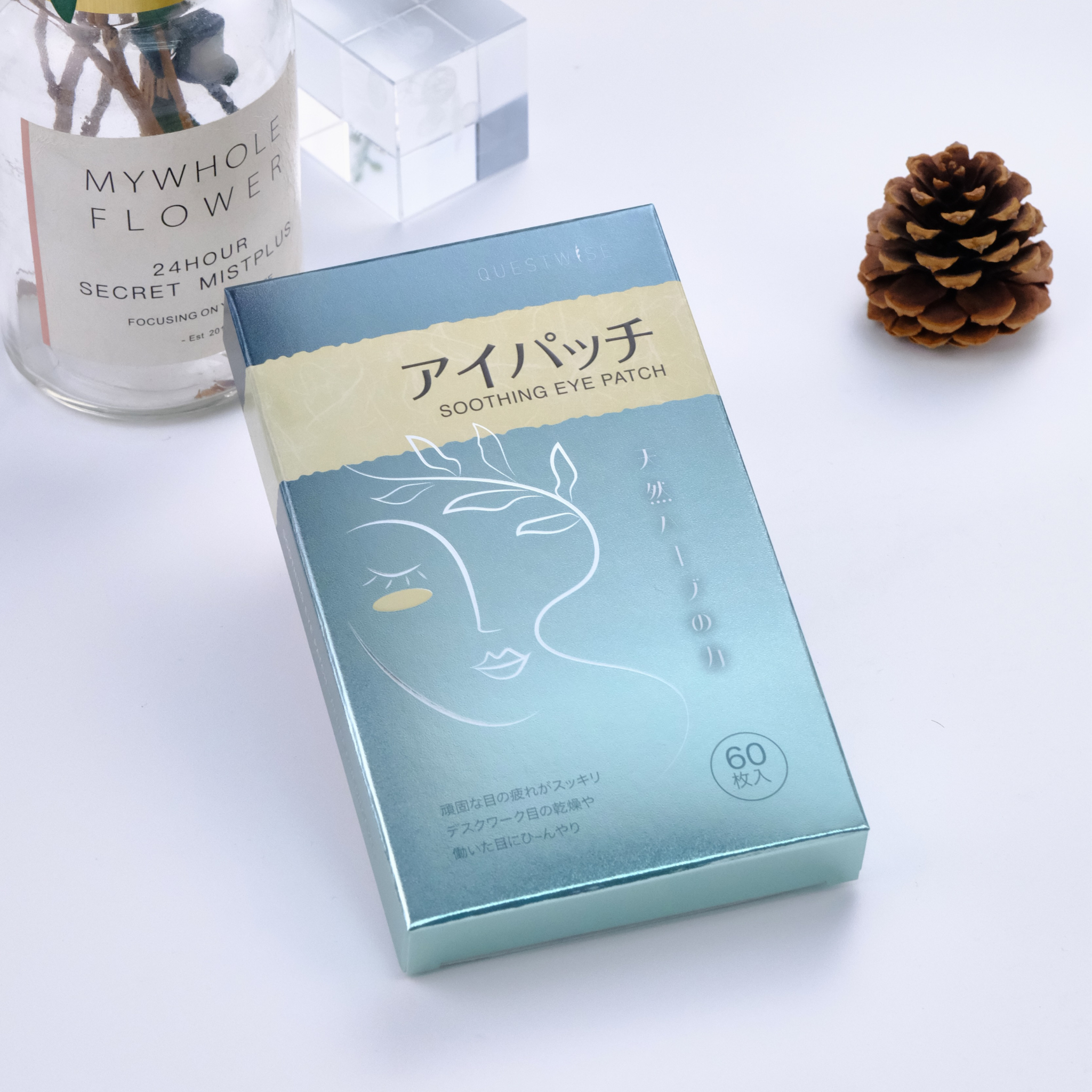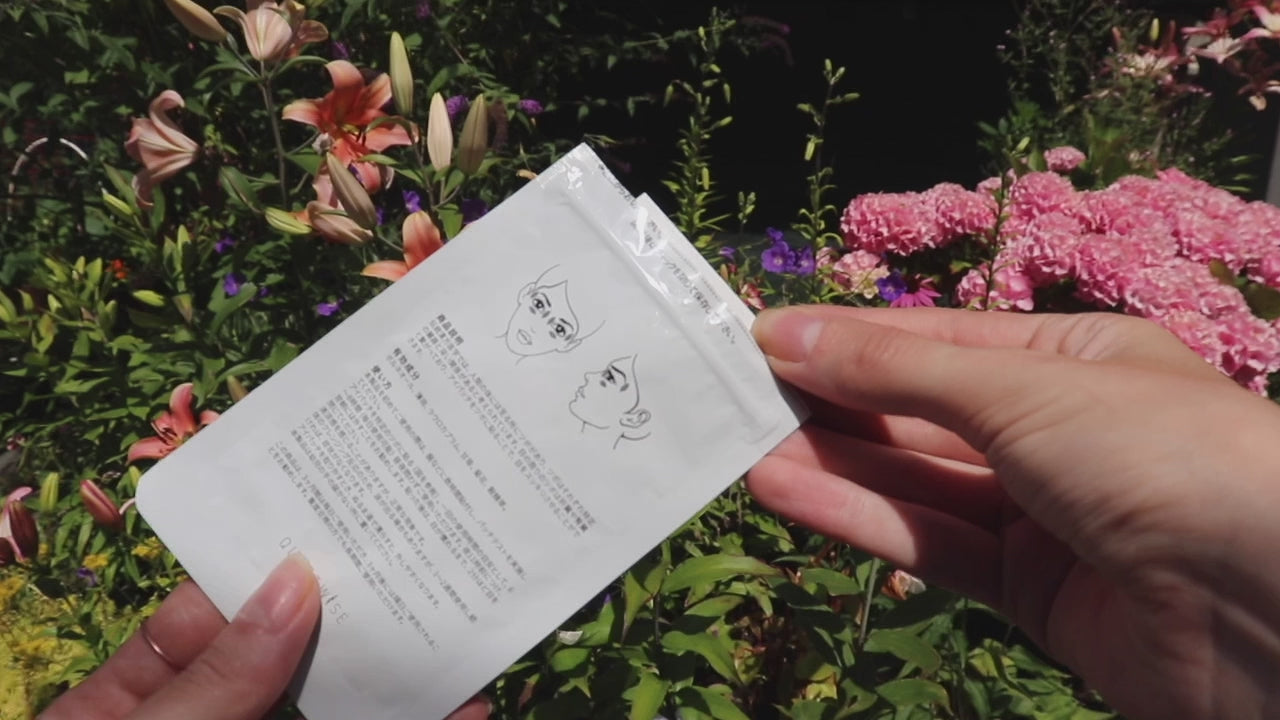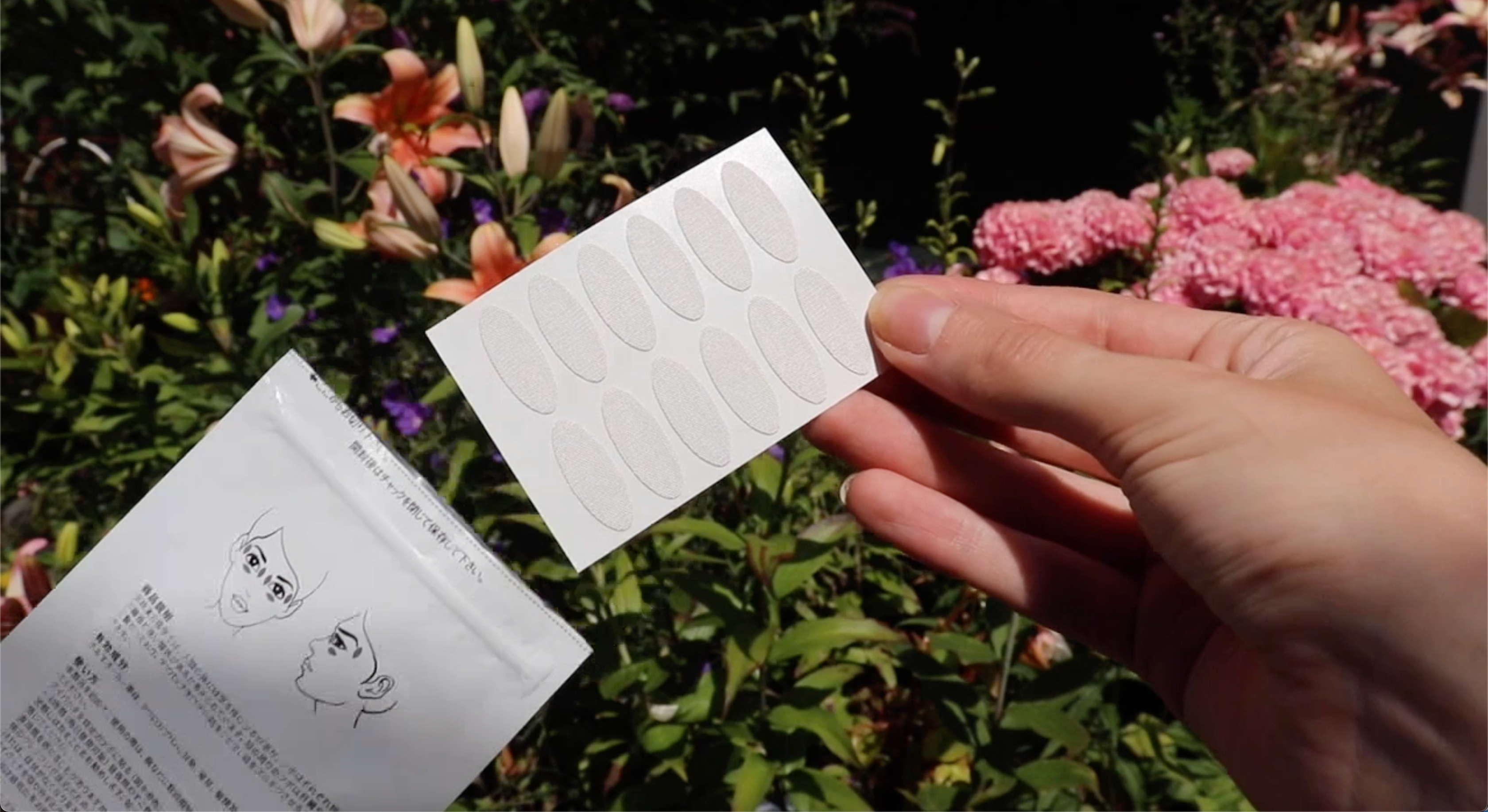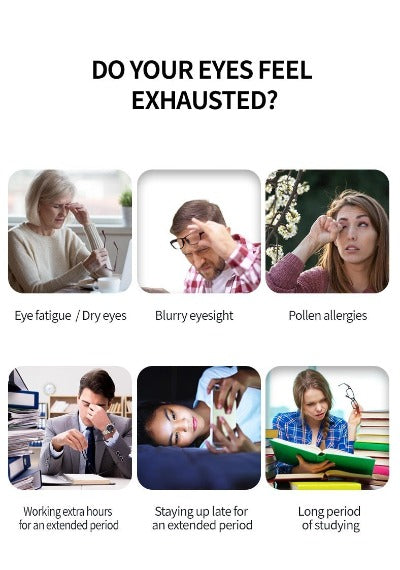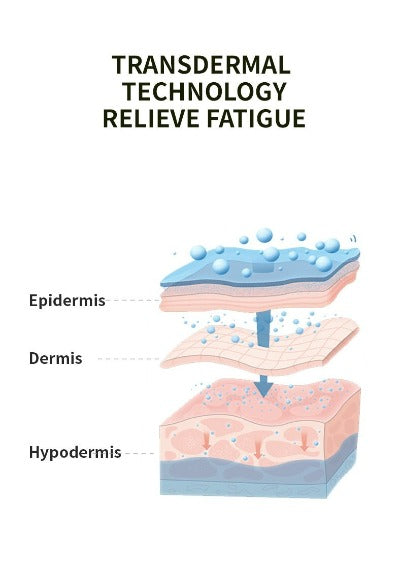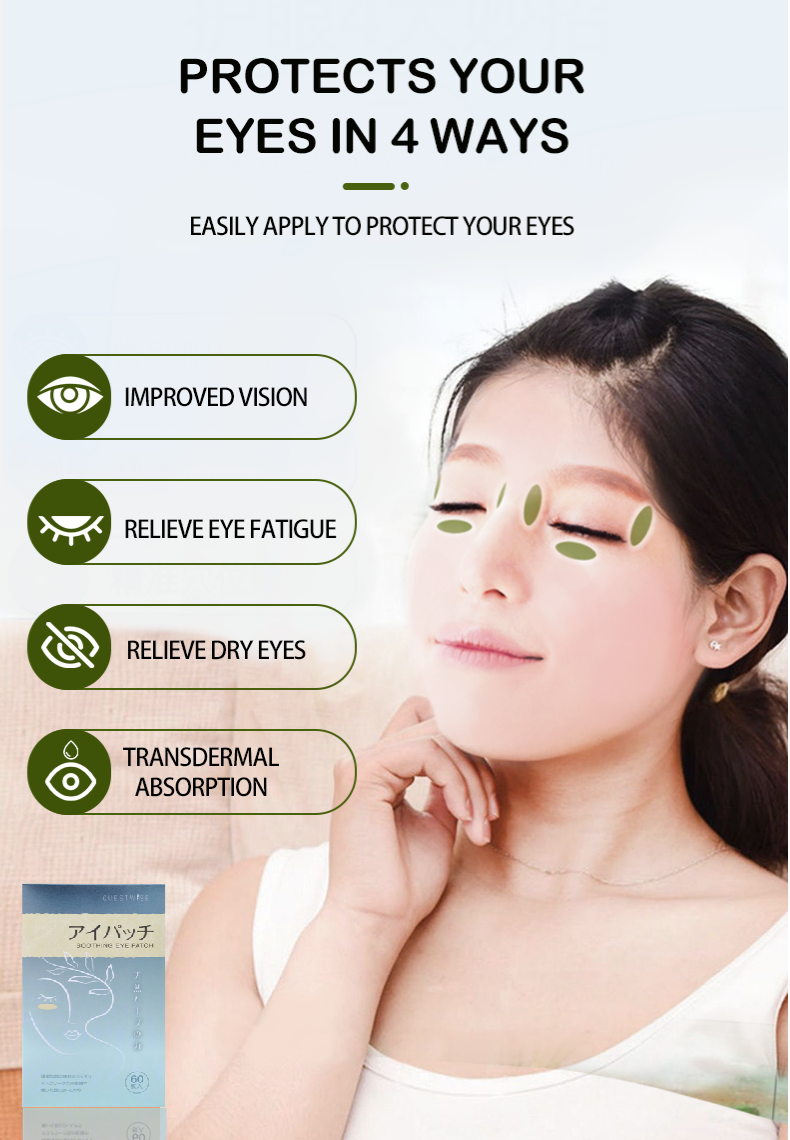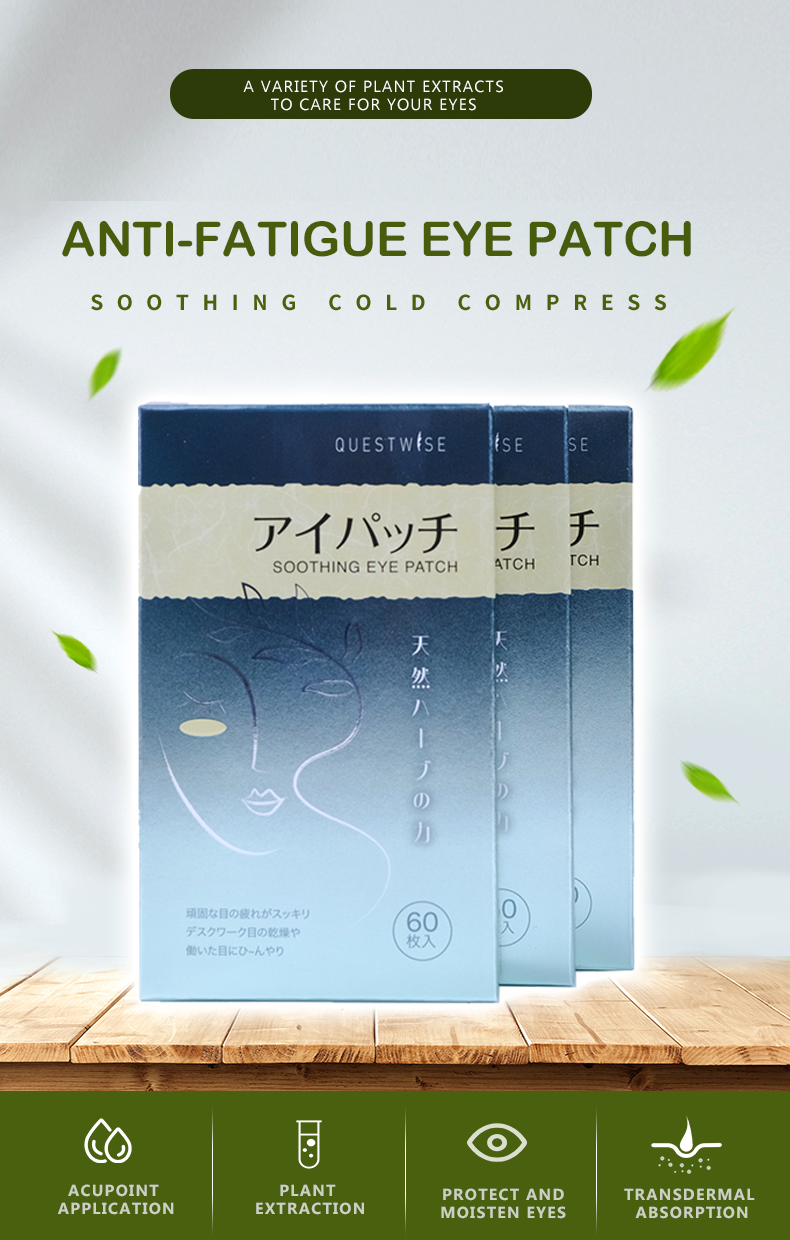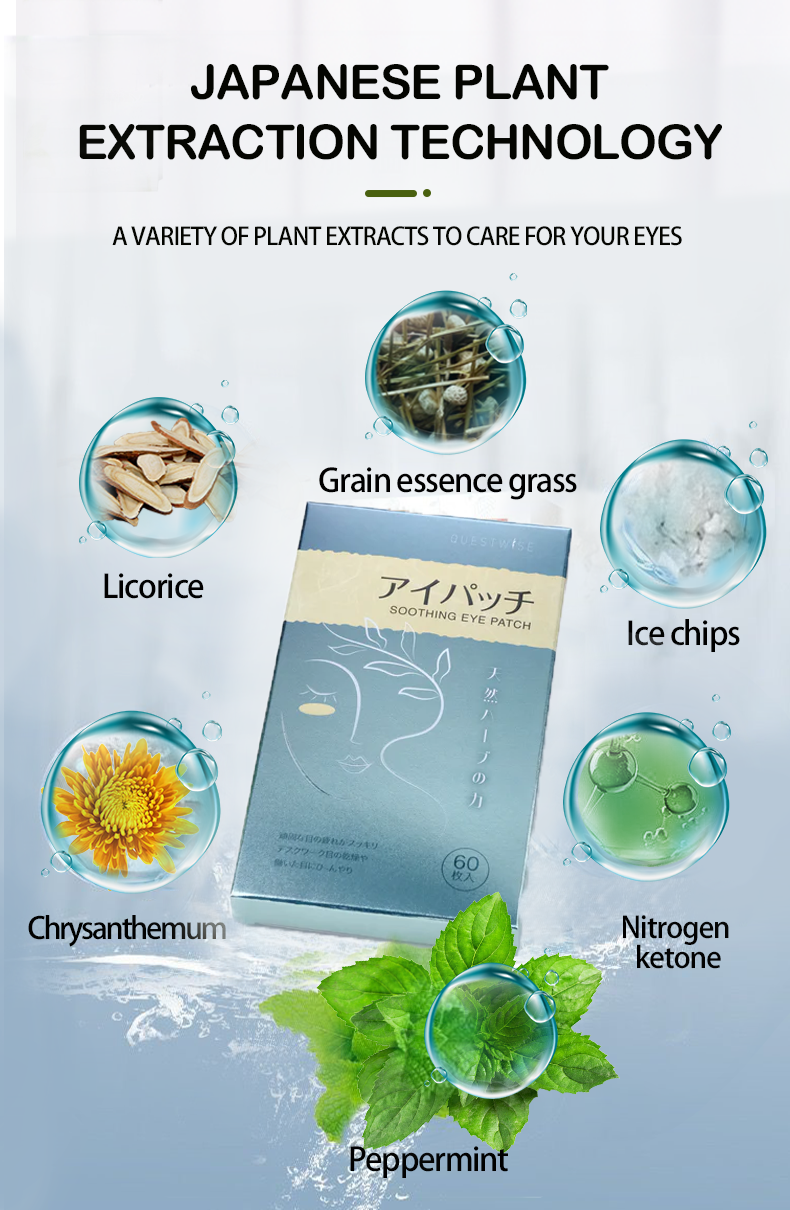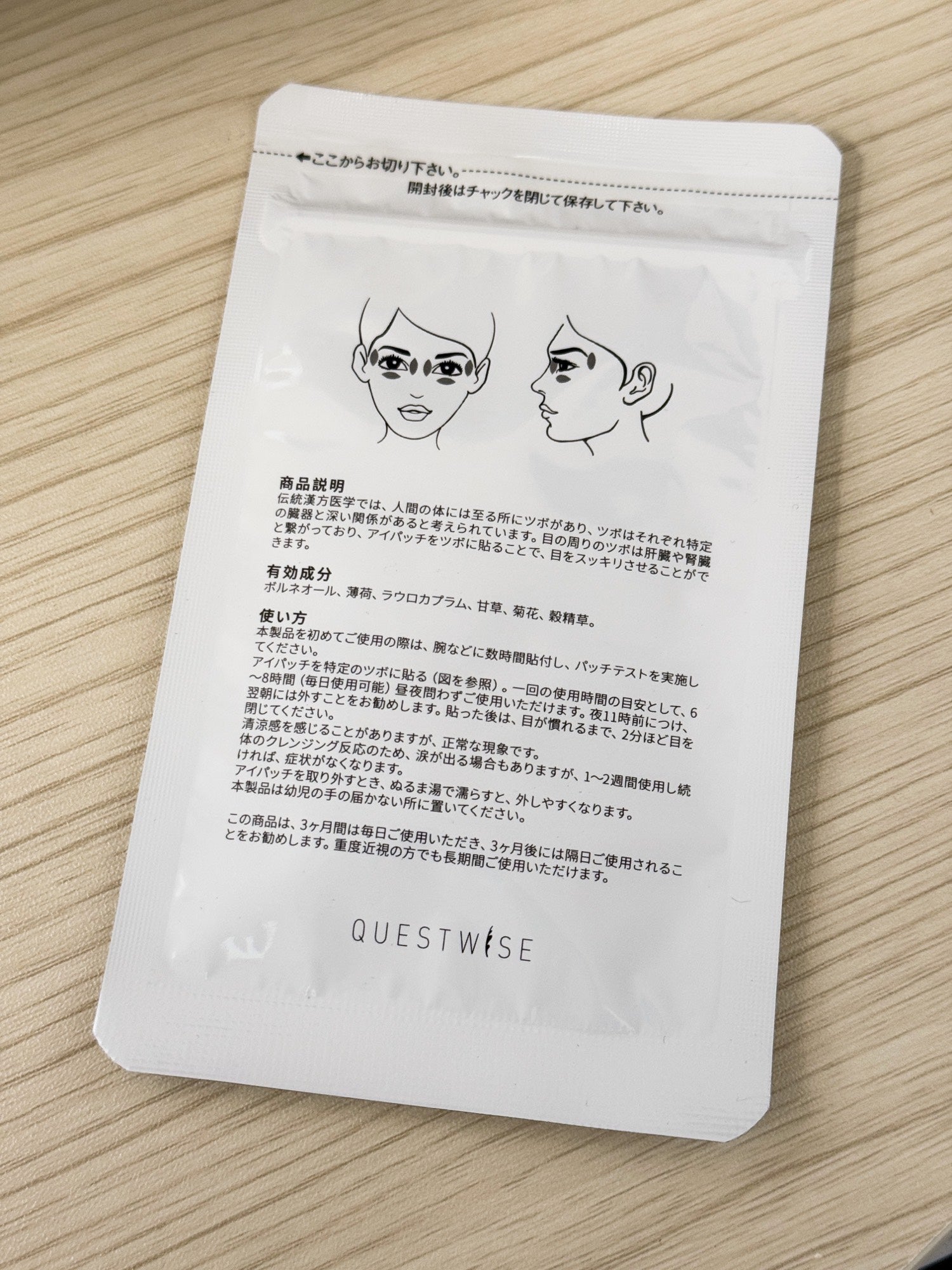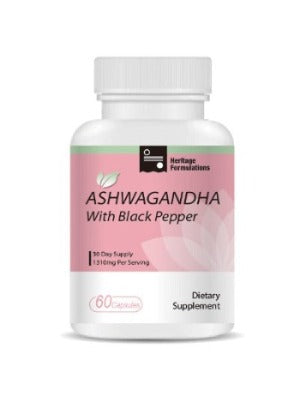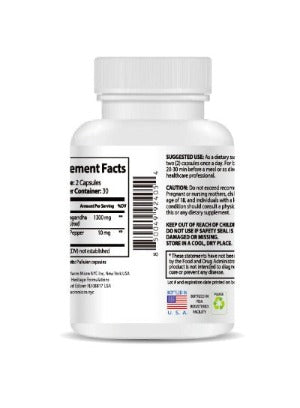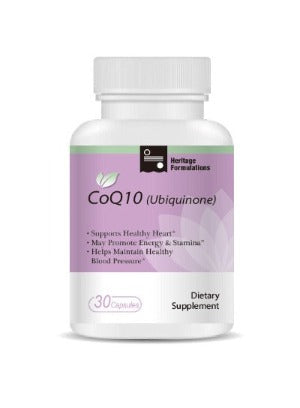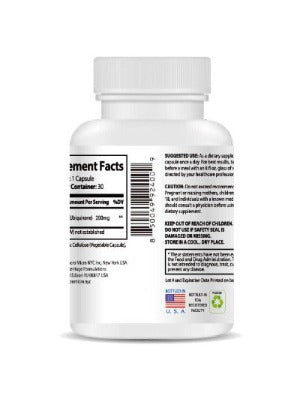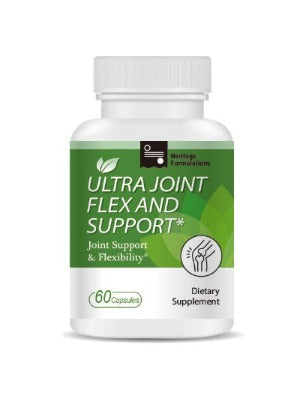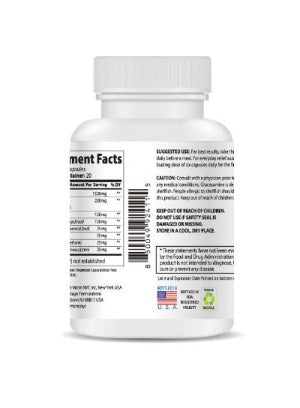Meibomian Gland Blockage and Screen-Induced Dry Eye: A Contact Lens User's Guide
In today's digital age, screen time is unavoidable for most. But for contact lens wearers, extended periods in front of screens can exacerbate pre-existing conditions like Meibomian Gland Dysfunction (MGD), leading to uncomfortable dry eyes. MGD occurs when the meibomian glands, responsible for producing the oily layer of your tear film, become blocked. This disruption causes your tears to evaporate faster, leading to dryness, irritation, and blurry vision. Let's explore how contact lens use interacts with screen time and explore some solutions. We'll also delve into the benefits of incorporating natural remedies like the Wise Quest Soothing Eye Patches - 1-Month Care Pack into your routine.

Understanding the Complexities of Dry Eye
Dry eye disease is a multifaceted condition affecting millions. It's not simply a matter of feeling dry; it's a disruption in the delicate balance of your tear film, impacting the health and comfort of your eyes. The tear film consists of three layers: a mucous layer, an aqueous layer (watery), and an oily layer produced by the meibomian glands. When the meibomian glands malfunction (MGD), the oily layer is compromised, leading to quicker tear evaporation and the symptoms we associate with dry eye: burning, stinging, itching, redness, and blurry vision.
The Impact of Contact Lenses and Screen Time
Contact lenses themselves can contribute to dry eye symptoms. They can interfere with the natural tear film, absorbing some moisture and potentially disrupting the delicate balance. This effect is amplified by prolonged screen use, which significantly reduces our blink rate. Blinking is crucial for distributing the tear film across the surface of the eye, keeping it lubricated. When we're engrossed in our screens, we blink far less frequently, leading to faster tear evaporation and intensified dry eye discomfort. Furthermore, the blue light emitted from digital devices can exacerbate eye strain and dryness, further contributing to the problem.
Beyond the Screen: Other Contributing Factors
While screen time and contact lens wear are significant contributors, other factors can influence dry eye severity. These include:
- Environmental Factors: Dry climates, wind, and air conditioning can all accelerate tear evaporation.
- Allergies: Seasonal allergies or reactions to eye makeup can trigger inflammation and exacerbate dry eye symptoms.
- Medications: Certain medications, including antihistamines and antidepressants, can have dry eye as a side effect.
- Hormonal Changes: Fluctuations in hormone levels, particularly during menopause, can impact tear production.
- Underlying Medical Conditions: Conditions like rheumatoid arthritis and Sjögren's syndrome can significantly contribute to dry eye.
Practical Strategies for Relief
Managing dry eye requires a proactive and holistic approach. Here's a breakdown of strategies to implement:
Lifestyle Modifications
- The 20-20-20 Rule: Every 20 minutes, look at an object 20 feet away for 20 seconds.
- Blink Frequently: Consciously make an effort to blink more often, especially during screen time.
- Increase Humidity: Use a humidifier, especially in dry climates or during winter months.
- Protect Your Eyes from the Elements: Wear sunglasses and protective eyewear outdoors to shield your eyes from wind, sun, and dust.
- Avoid Irritants: Minimize exposure to smoke, pollutants, and harsh chemicals.
Product Solutions
In addition to lifestyle changes, incorporating targeted products can significantly alleviate dry eye symptoms. The Wise Quest Soothing Eye Patches - 1-Month Care Pack offers a natural and convenient solution. These patches, made in Japan, provide a full month of soothing relief. They are designed to reduce redness, dryness, and eye strain, providing noticeable comfort throughout the day. The herbal ingredients work gently to support the natural healing process, providing a safe and non-toxic option for daily use.

Remember to always consult with your eye care professional for personalized advice and treatment options. They can accurately diagnose your condition and recommend the most appropriate course of action. Self-treating can sometimes delay appropriate medical care.
Conclusion
Managing dry eye, especially for contact lens wearers who spend significant time in front of screens, requires a multi-pronged approach. By combining lifestyle changes, incorporating natural remedies such as the Wise Quest Soothing Eye Patches - 1-Month Care Pack, and seeking professional guidance, you can alleviate discomfort and protect the health of your eyes. Prioritizing eye health ensures you can continue enjoying clear, comfortable vision for years to come.


